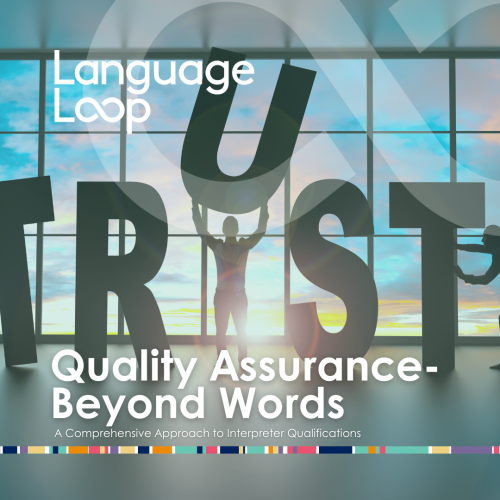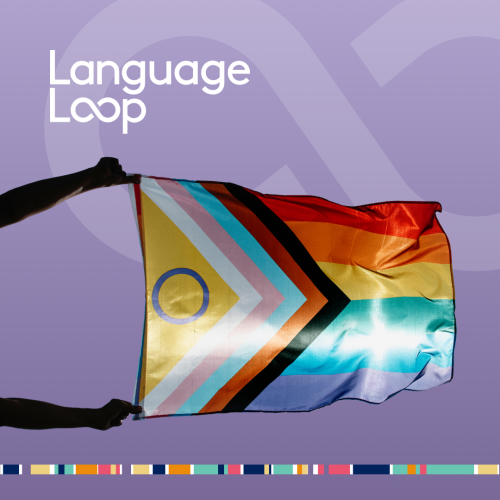In today’s diverse Australian society, onsite interpreting is pivotal in ensuring clear and effective communication across language barriers. Having a professional interpreter present can vastly improve understanding and engagement, whether in a medical, legal, or business setting.
Here are some key tips to help you get the most out of your in-person interpreting interactions.
1. Preparation is Key
Before the interpreting session begins, provide your interpreter with relevant information. This could include the subject matter, any specific terminology, and the cultural background of the individuals involved. This enables the interpreter to prepare adequately, ensuring a smoother interaction.
2. Speak Directly and Clearly
Always speak directly to the person you are communicating with, not the interpreter. This maintains a personal and respectful dialogue. Ensure your language is clear and concise by avoiding the use of irony, sarcasm, colloquialisms etc.
3. Allow for Pauses
Interpreting is a complex process. It’s important to pause regularly to allow the interpreter to interpret what has been said. This ensures accuracy and gives the interpreter time to convey the tone and nuances of the conversation.
4. Be Culturally Aware
Cultural sensitivity is crucial in cross-cultural communication. Be aware of cultural differences that may impact how messages are received and understood. Professional interpreters are trained in cross-cultural communication, offering valuable insights into these nuances.
5. Explain the interpreter’s Role
It may be helpful to explain the role of an Interpreter to your client. Interpreters are impartial to the conversation and ethically bound to keep everything confidential. They are a conversation facilitator, not a participant in the conversation. Their role is to connect two speakers of different languages as accurately as possible.
6. Use Bilingual Tools When Necessary
In some cases, using bilingual written materials can be helpful. However, these will need to be professionally translated beforehand. It’s important to note that interpreting and translating are separate qualifications. Interpreting is for the spoken or visual language (like AUSLAN), while translating is for the written word. While some language professionals hold both qualifications, some interpreters are not also translators. Documents such as agendas, summaries, or key points in both languages can assist in ensuring clarity and understanding for all parties involved.
6. Feedback Loop
After the session, seek feedback from the interpreter and the other party. This can provide insights into how the process can be improved for future interactions.
8. Choose Certified Professionals
For the best outcomes, always choose NAATI-certified interpreters where possible. Certified Interpreters guarantee a level of professionalism and expertise that is crucial for accurate and effective communication.
Following these guidelines can enhance communication, foster understanding, and ensure a successful and productive interaction. Remember, in the realm of language support, the goal is not just to interpret words but to bridge cultures and understanding.
“Turning Words into Possibilities” – with the right approach and a professional interpreter, language is no barrier to communication in our diverse Australian society.








